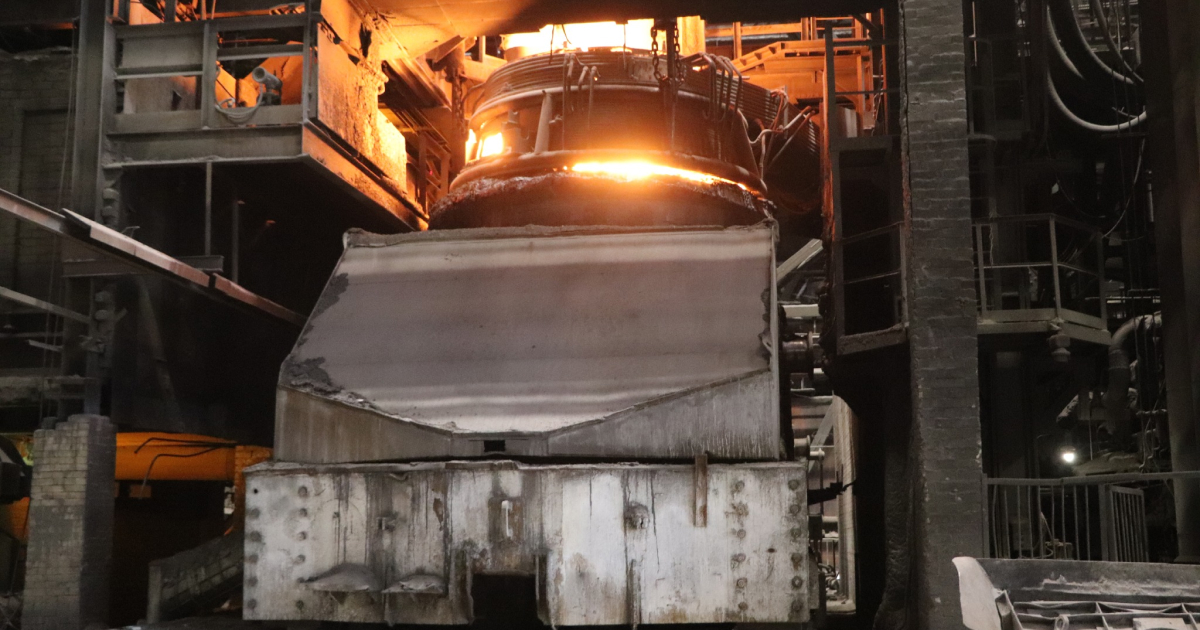
The mechanical tubing market has faced its toughest period in recent years, reaching a significant low. However, signs of recovery are beginning to emerge. Experts suggest that gradual improvements in both demand and pricing are likely in the second half of this year.
Although the market has been soft for the past year, experts believe the demand for mechanical tubing will rise again. Damon Gaynor, co-president of Industrial Tube and Steel, explains that U.S. mechanical tubing demand is currently the lowest it has been since 2020. The sector includes various tubing products, such as electric resistance welded tubes, seamless tubes, and cold-drawn welded tubes. The recovery across these products will differ based on the industries they serve.
Factors Driving the Slowdown
The slowdown in mechanical tubing can be largely attributed to the challenges within U.S. manufacturing. Rick Preckel, partner at Preston Pipe, points out that the U.S. manufacturing sector has experienced contraction, reflected by the Purchasing Managers Index (PMI) being below growth levels for almost two years. Moreover, durable goods production in the U.S. dropped by 2.2% year-over-year in November. As a result, the demand for mechanical tubing, especially in consumer goods, has weakened, with many industries struggling to recover due to inflation.
Cary Hart, president of PTC, also notes that mechanical tubing demand has been down across several segments. Consumer goods saw a significant decline, impacted by post-COVID inflation. Additionally, sectors like agricultural and construction machinery are facing difficulties. Falling crop prices and high interest rates have led farmers to delay purchasing new equipment. Likewise, the construction sector is seeing stagnant demand for machinery.
Renewable Energy Sector Boosts Demand for Mechanical Tubing
A bright spot in the market lies in the renewable energy sector. Mechanical tubing plays a crucial role in solar farm installations, torque tubes, and various components for renewable energy applications. Keith Chrise, vice president of sales and marketing at Lock Joint Tube, shares that demand for mechanical tubing in solar energy applications has surged by over 40% in recent years. This surge is attributed to government incentives, such as solar tax credits and the Inflation Reduction Act, which have spurred growth in the green energy market.
While the energy sector remains one of the most stable markets for mechanical tubing, other sectors like construction and automotive show mixed results. The automotive market has seen a decrease in demand for light trucks and SUVs, while heavy equipment demand remains stagnant. However, mechanical tubing demand in electric vehicles (EVs) remains steady, particularly in applications like battery casings and structural components.
Optimism for the Future of Mechanical Tubing
Despite recent challenges, experts maintain optimism about the mechanical tubing market’s future. Gaynor forecasts gradual improvement by 2025, driven by a more favorable environment for U.S. manufacturing. With interest rates stabilizing and inflationary pressures easing, the market is expected to recover. Additionally, potential tariff changes under the Trump administration could encourage more domestic production, benefiting the mechanical tubing industry.
Although the mechanical tubing market remains oversupplied in terms of production capacity, the uncertainty surrounding supply chain dynamics continues. The market’s dependence on imports, particularly seamless tubes, means tariffs could pose challenges, especially if domestic production increases.











Leave a Reply
You must be logged in to post a comment.